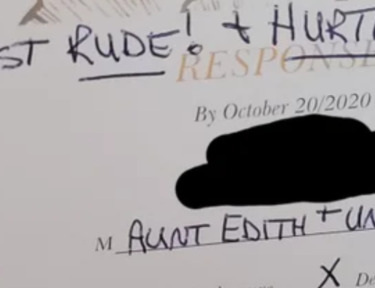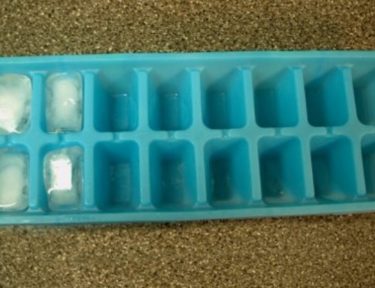Report Investigates How Dirty Your Mask Gets After Wearing It
We hope you are wearing a mask that does a good job preventing the spread of COVID-19. If you’re not sure how effective your mask is, you can try the candle test or refer to this easy to understand chart.
It’s obviously a good idea to wear a face mask anytime you’re in a public space, but it’s also a good idea to wash or replace that face mask on a regular basis. When the coronavirus pandemic first started, we all got a crash course on hand washing, but perhaps now we need a crash course on mask washing.
Recently, on TODAY, the news anchors offered up their face masks to find out just exactly how dirty they were on the inside and the outside. Some of the masks were reusable. Some were disposable. In the end, only one face mask didn’t have any bacteria living on it.
Watch the video below for more details about what exactly was living on the face masks the TODAY anchors were wearing.
It’s good to know that there most likely isn’t any dangerous bacteria growing on our face masks; although, keep in mind that the test in the video above did not test for COVID-19.
In order to keep your mask clean and prevent skin irritation, it’s important to know how to clean it. According ot the Centers for Disease Control and Prevention (CDC), you can wash your face mask in your washing machine with your regular laundry and your regular laundry detergent. You can even toss the mask in the dryer. Just make sure it is completely dry.
If you would prefer to wash your face mask by hand, the CDC recommends soaking the mask in a bleach solution for 5 minutes, rinsing the mask with water and letting it air dry; however, bleach may damage fabric.
This is not mentioned on the CDC website, but as mentioned in the video, one idea might be to wash the mask by hand at the end of the day with the same soap your would use to wash your hands or wash your face. We’re not sure that would be as effective as a bleach solution, but it’s probably better than nothing and probably won’t damage the mask’s fabric.
How often do you wash your face mask?




